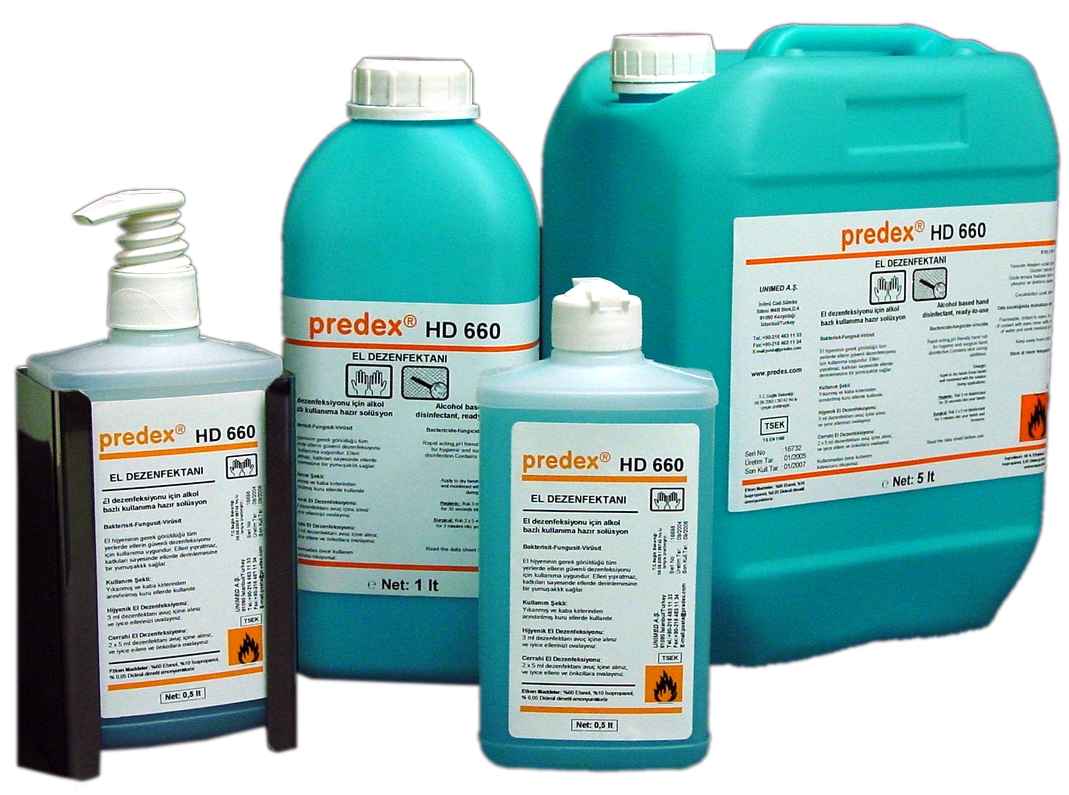
With the occurence of the virus influenza H1N1, disinfectant has become a popular demand worldwide.
Disinfectants are antimicrobial agents that can be used to kill the microorganisms.
Disinfectants are antimicrobial agents that can be used to kill the microorganisms.
 Hand wash sanitizers is also a type of disinfectants.
Hand wash sanitizers is also a type of disinfectants.Sanitizers are substances that are able to reduce the level of microorganism to a safe level, or more specifically they have to be able to kill 99.999% of microorganisms.
The main difference between disinfectants and sanitizers is the specific use of dilution.
And disinfectants have higher capability to kill off the pathogenic bacteria compared to sanitizers.
Disinfectants are often used in hospitals, kitchens, or bathrooms, to kill infectious microorganisms.
There are a few types of disinfectants, the most common would be the one using alcohols.
Alcohols can be used for disinfectants, but more often being used for antiseptic( applied on living things).
There are also some disinfectants which use aldehydes.
Aldehydes such as glutaraldehyde, have a wide microbiocidal activity and are fungicidal and sporocidal.
However, glutaraldehyde could cause asthma and some other health problems, hence it is replaced by Ortho-phthalaldehyde.
Besides oxidizing agents can also be used as disinfectant.
This is because oxidizing agents are able to oxidise the membrane of microorganisms, which can cause the microorganisms to lyse (cell contents spilled out) and dead.
Chlorine and oxygen are strong oxidizers, therefore most of the oxidizing agents contains these 2 elements in them.
For example:
- Chloramine
- Chlorine dioxide
- Hydrogen peroxide
- Potassium permanganate
- and many more......




